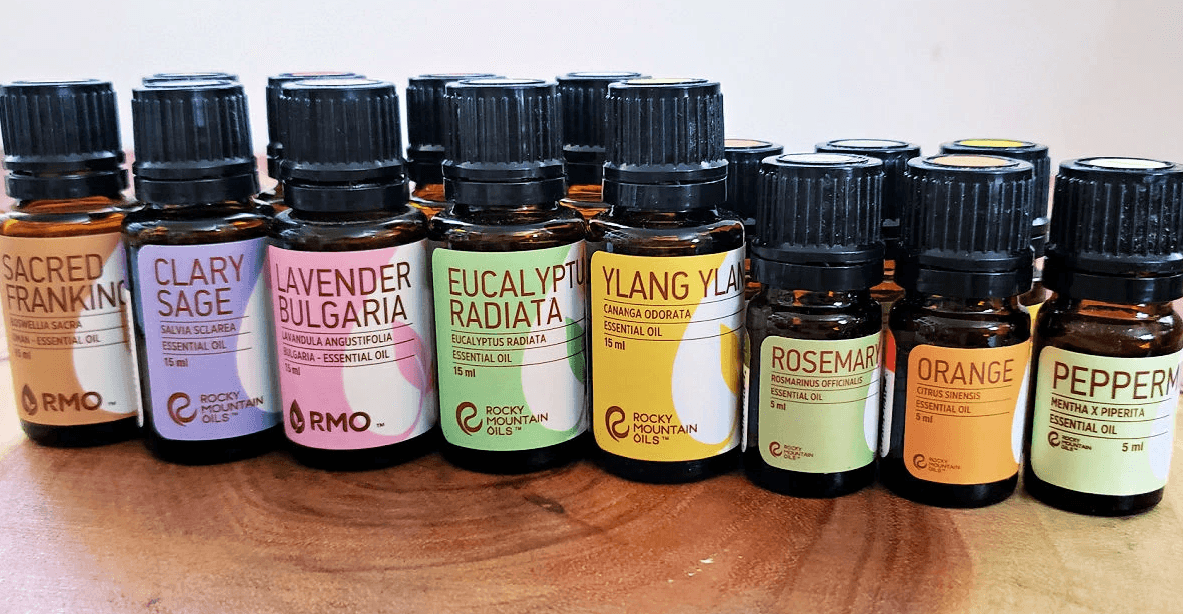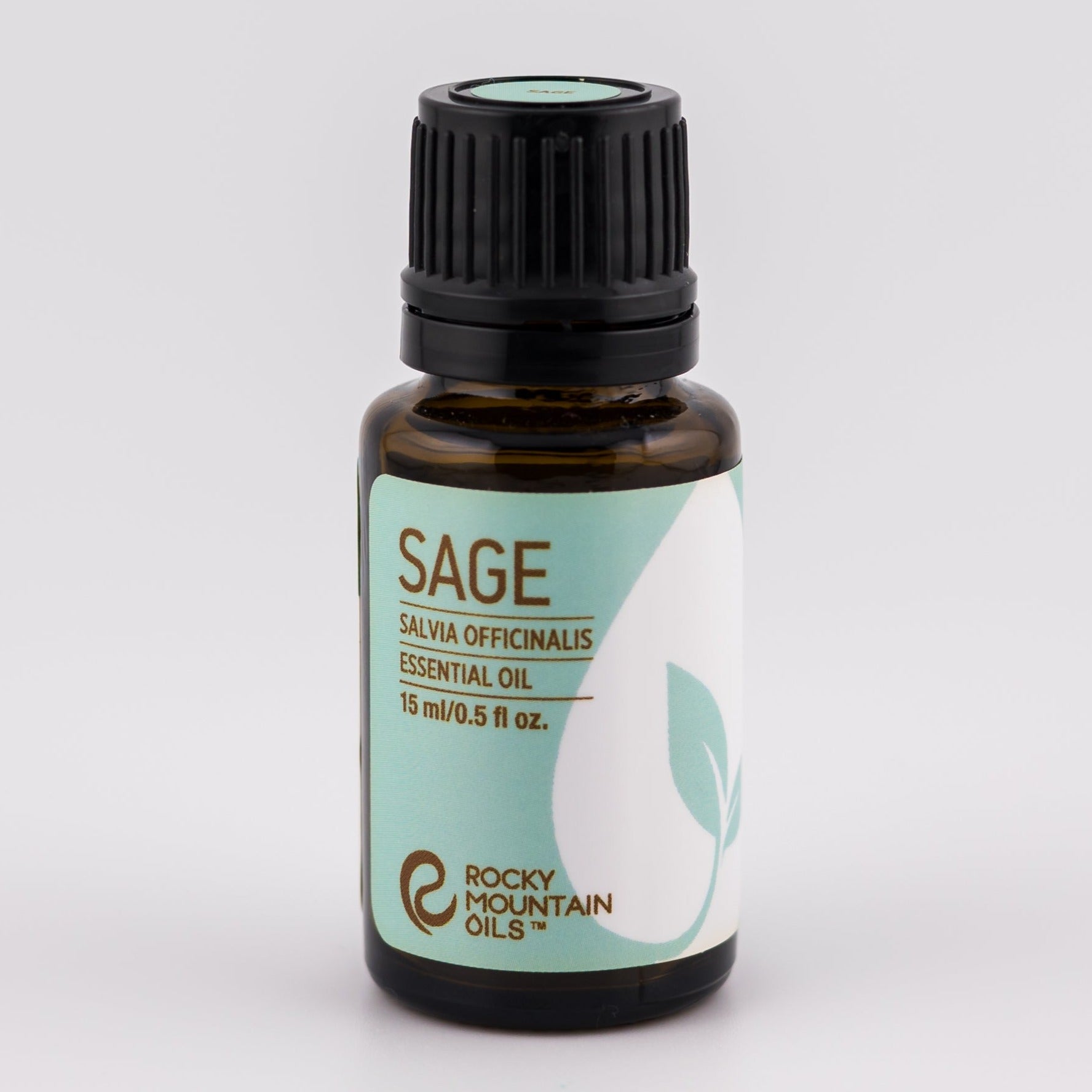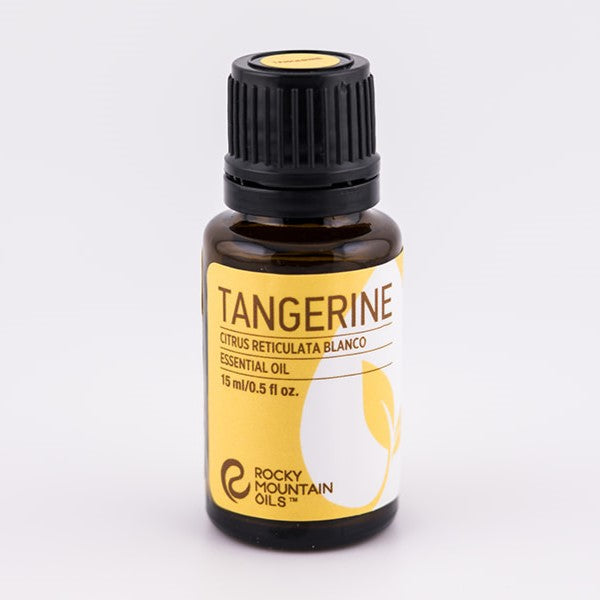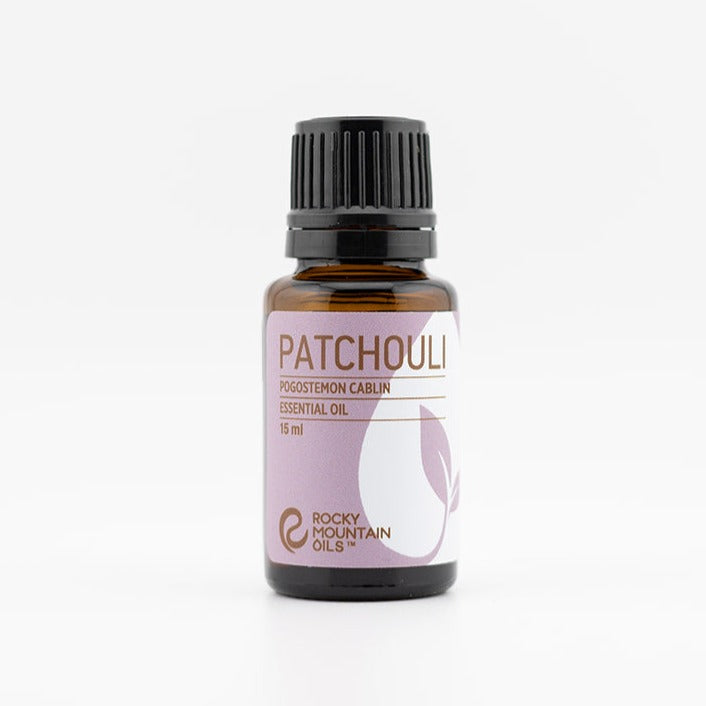Can Essential Oils Go Bad? Unveiling the Lifespan of Essential Oils
Essential oils, with their captivating aromas and therapeutic properties, have been an integral part of human wellness and spirituality for centuries. However, one common question that both novices and enthusiasts often ponder is: "Can essential oils go bad?"
This article delves deep into the science and practical knowledge surrounding the longevity of essential oils, offering insights and guidance to ensure you get the most out of these natural treasures.

Introduction to Essential Oils
Essential oils are concentrated plant extracts that retain the natural essence and aroma of their source. They have found a special place in aromatherapy, cosmetics, and even in medicinal applications. The journey of essential oils from ancient times to modern-day shelves highlights their enduring allure and relevance.
Origins and Popularity
Essential oils have been used for millennia, dating back to ancient civilizations like Egypt, India, and China. The distillation methods and the cultures surrounding their use have evolved, yet their essence remains unchanged. Today, essential oils have surged in popularity thanks to their diverse uses, ranging from relaxation aids to components in household cleaning products.
Varieties and Uses
The world of essential oils is vast and varied. From the calming lavender to the invigorating peppermint, each oil carries unique properties. Their applications range from enhancing mood and reducing stress to relieving various physical ailments. This vast array of uses underlines the importance of understanding their longevity and storage.
Understanding Essential Oils' Shelf Life
The shelf life of essential oils is a critical aspect that influences their efficacy and safety. But what determines how long they can last before losing their potency or becoming harmful?
Composition Factors
Each essential oil has a unique chemical composition that affects its stability and shelf life. Components like monoterpenes tend to oxidize faster, leading to a shorter lifespan. This variability in composition means that not all essential oils will last the same amount of time.
Industry Standards
The essential oil industry, although varied in its standards, generally agrees on specific benchmarks for shelf life. These standards provide a baseline for consumers to gauge the expected lifespan of their oils. However, it's crucial to note that these are general guidelines and individual storage practices can significantly alter an oil's longevity.

Signs of Essential Oils Deterioration
Identifying when an essential oil has gone wrong ensures you use it safely and effectively.
Changes in Aroma
One of the first signs of an essential oil going wrong is a noticeable change in its aroma. This could range from a weakening of the original scent to an unpleasant, rotten smell. Paying attention to these changes can help you determine the usability of your oil.
Alterations in Color
Along with scent changes, alterations in the color of the oil can also indicate degradation. While some color change over time is average, significant alterations might suggest the oil is past its prime.
Factors Affecting Essential Oils' Longevity
Several external factors can influence the shelf life of essential oils. Understanding these can help preserve their quality better.
Light Exposure
Exposure to light, particularly sunlight, can accelerate the degradation of essential oils. Ultraviolet rays can break down the chemical components, leading to a quicker expiration.
Temperature Variations
Temperature plays a significant role in the stability of essential oils. Extreme temperatures, either hot or cold, can lead to a breakdown of compounds within the oil, reducing its effectiveness and shelf life.

Storage Solutions for Essential Oils
Proper storage is crucial in extending the life of your essential oils.
Ideal Containers
Essential oils should be stored in dark glass containers to protect them from light exposure. The type of container can significantly impact the oil's longevity.
Optimal Storage Conditions
Besides using the proper containers, storing essential oils in a cool, dark place helps preserve their quality. Avoiding fluctuating temperatures and direct sunlight is vital.
"Can Essential Oils Go Bad?"
It's crucial to answer this fundamental question from scientific and experiential perspectives.
Scientific Perspectives
Scientific research has shown that essential oils can indeed degrade over time. The chemical changes that occur during this process can affect both their aroma and therapeutic properties. According to Tisserand Institute, the best quality essential oils can deteriorate due to causes like oxygen, light, and heat. This process leads to changes in odor, loss of therapeutic potency, and increased risk. The page also mentions how the constituents of essential oils degrade and why temperature and the type of container (like the color of glass or interaction with plastic) can make a difference.
User Experiences
Experiences from regular users of essential oils also provide valuable insights into their shelf life. Personal anecdotes and tips from long-time users can be incredibly useful in understanding the practical aspects of oil preservation.
The Impact of Oxidation on Essential Oils
Oxidation is a primary reason for the deterioration of essential oils.
Oxidation Process
When essential oils are exposed to air, they undergo oxidation, a chemical reaction that alters their composition. This process can lead to a reduction in their therapeutic benefits and changes in their sensory properties.
Prevention Techniques
There are several techniques to prevent or slow down the oxidation of essential oils. These include minimizing air exposure and using antioxidants.
Essential Oils and Microbial Growth
Understanding the relationship between essential oils and microbial growth is crucial for safe usage.
Causes and Indicators
Microbial growth in essential oils can occur due to contamination or improper storage. Recognizing the signs of microbial presence is important for safety.
Safety Measures
Implementing safety measures, such as using clean utensils and avoiding direct contact with the oils, can help prevent microbial growth.
The Role of Purity in Essential Oils' Stability
The purity of an essential oil significantly impacts its stability and shelf life.
Purity Assessment
Assessing the purity of an essential oil involves looking at its sourcing, processing, and packaging. Pure oils, free from impurities, tend to have a longer shelf life.
Buying Quality Oils
Investing in high-quality, pure essential oils is a crucial step in ensuring you get oils that not only last longer but also provide the maximum therapeutic benefit.
Homemade vs. Commercial Essential Oils
The distinction between homemade and commercial essential oils can influence their shelf life.
Durability Differences
Commercially produced essential oils often have a more controlled production process, which can result in a more stable product. Homemade oils, while unique and personal, may lack these stabilizing factors.
Quality Control
Understanding the quality control measures in place for commercial essential oils can help in making informed decisions about their longevity and safety.

Recognizing Quality in Essential Oils
Being able to recognize high-quality essential oils is key in choosing products that are both effective and long-lasting.
Label Information
Paying attention to the information provided on essential oil labels, such as the botanical name, extraction method, and purity, can help in determining their quality.
Trusted Brands
Identifying and sticking to trusted brands known for their quality and transparency can ensure that you are using essential oils that are safe and durable.
Essential Oils in Aromatherapy: Usage and Care
In the world of aromatherapy, the usage and care of essential oils are paramount.
Application Methods
Different methods of applying essential oils, whether through diffusion, topical application, or inhalation, can have varying impacts on their shelf life and effectiveness.
Maintenance Tips
Regular maintenance of essential oil diffusers and other application tools is important in ensuring the longevity and potency of the oils.
Expired Essential Oils: Risks and Precautions
Using expired essential oils can carry certain risks. It's important to recognize these and take appropriate precautions.
Potential Hazards
Expired oils can lose their therapeutic properties and, in some cases, become harmful. Recognizing the risks involved in using oils past their prime is crucial for safe usage.
Safe Disposal Methods
Proper disposal of expired essential oils is important for environmental safety. Understanding the right methods to discard these oils can prevent potential harm.

The Role of Certification in Essential Oils' Quality
Certifications can play a significant role in ensuring the quality and safety of essential oils.
Certification Bodies
Several organizations offer certifications for essential oils, focusing on aspects like purity, ethical sourcing, and production methods.
Consumer Trust
Certifications can help build consumer trust, ensuring that the essential oils they purchase meet certain quality and ethical standards.
How can you tell if essential oils have gone bad?
Essential oils can lose their quality over time, and recognizing when they have gone wrong is crucial for safe and effective use. Signs of spoilage include changes in odor, cloudiness, or sediment in the bottle, altered consistency, skin irritation upon application, loss of therapeutic benefits, unusual color changes, and bottle damage.
Checking for an expiration date on the label can also guide an oil's freshness. To prevent spoilage, proper storage in a cool, dark place with a tightly sealed cap is essential. Using clean droppers, avoiding finger contact with the oil, and using oils regularly can extend their shelf life. Replacing oils that show signs of spoilage ensures the continued enjoyment of their aromatic and therapeutic properties.
In summary, essential oils have varying lifespans depending on factors such as oil type, storage conditions, and oil quality. Recognizing signs of spoilage, following proper storage practices, and staying vigilant for changes in odor, appearance, or effectiveness will help you use essential oils safely and maximize their benefits.
What is the lifespan of essential oils?
The lifespan of essential oils varies depending on several factors, including the type of oil, storage conditions, and oil quality. Generally, essential oils do not have a fixed expiration date. Some oils, like citrus oils, tend to have a shorter shelf life (typically 1-2 years), while others, like patchouli or sandalwood, can last longer (5-10 years or more) if stored properly.
Proper storage in dark glass bottles, tightly sealed, away from direct sunlight, heat, and temperature fluctuations, is essential to extend their shelf life.
High-quality, pure oils also tend to have a longer lifespan than diluted or lower-quality oils. It's advisable to check for any specified expiration or "use by" date on the oil's label, if available, to determine its freshness.
How long are essential oils good for after opening?
Essential oils are generally good for use for about 1 to 2 years after they've been opened, but this can vary depending on the type of oil, storage conditions, and oil quality. Citrus oils tend to have a shorter post-opening lifespan due to their susceptibility to oxidation, while oils like patchouli or sandalwood may remain usable for a more extended period.
To ensure their freshness, proper storage in dark glass bottles, away from sunlight and temperature fluctuations, is essential, and checking for any specified expiration or "use by" date on the oil's label can provide additional guidance on their post-opening viability.
FAQs on Essential Oils' Shelf Life
How long do essential oils typically last?
- Most essential oils have a shelf life of 1 to 5 years, depending on the type of oil, storage conditions, and purity.
What factors influence the shelf life of essential oils?
- Factors include the type of oil, exposure to light, temperature, air, and the quality of the oil.
Can I use essential oils past their expiration date?
- It's not recommended, as they may have lost their therapeutic properties and could potentially cause skin irritations or allergic reactions.
How can I tell if an essential oil has gone bad?
- Signs include a change in aroma, clarity, consistency, or color. Any rancidity or unusually strong odors also indicate spoilage.
Does refrigeration extend the shelf life of essential oils?
- Yes, refrigeration can help extend their life, especially for citrus oils, which are more prone to oxidation.
Is it safe to use cloudy or thickened essential oils?
- Cloudiness or thickening can indicate contamination or aging. It's best to avoid using these oils, particularly for topical applications.
Do blended essential oils have a different shelf life than single oils?
- Yes, blends may have a shorter shelf life due to the interaction of different oils and their individual shelf lives.
In conclusion, while essential oils can indeed go bad, understanding the factors that affect their shelf life, recognizing the signs of deterioration, and implementing proper storage techniques can significantly extend their usability. By embracing these insights, one can fully enjoy the aromatic and therapeutic benefits of essential oils, ensuring their safe and effective use.




